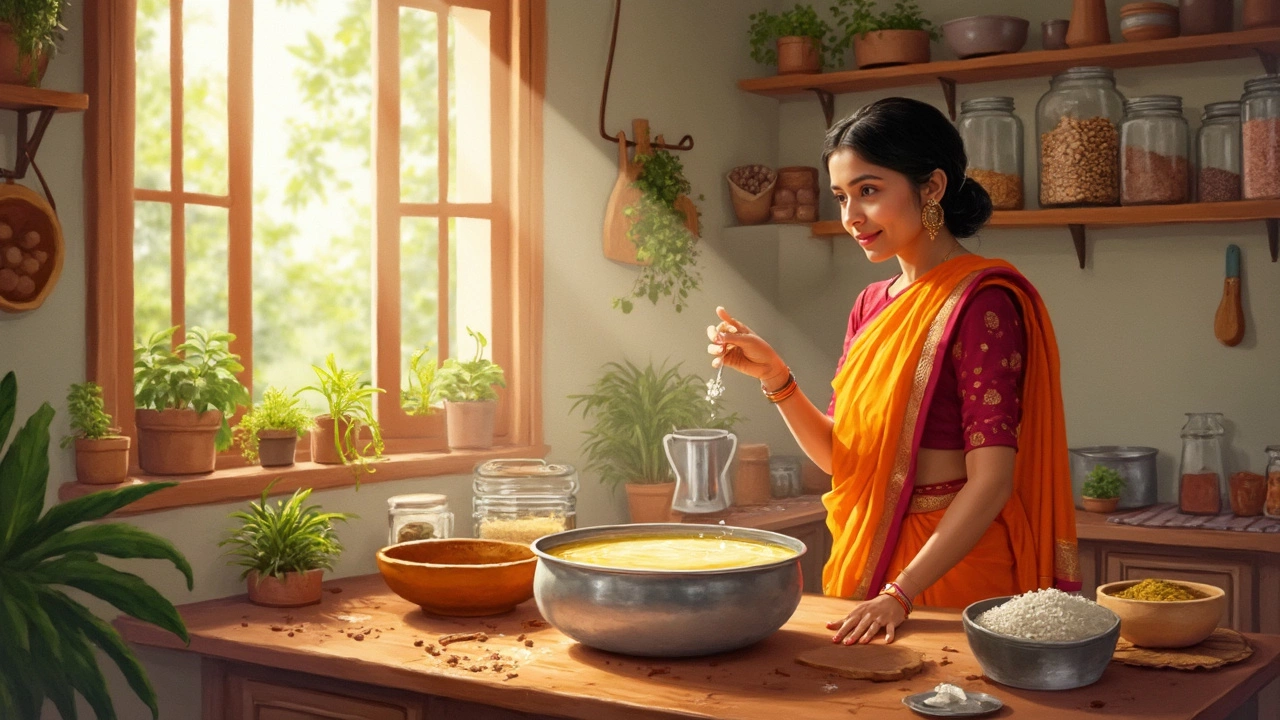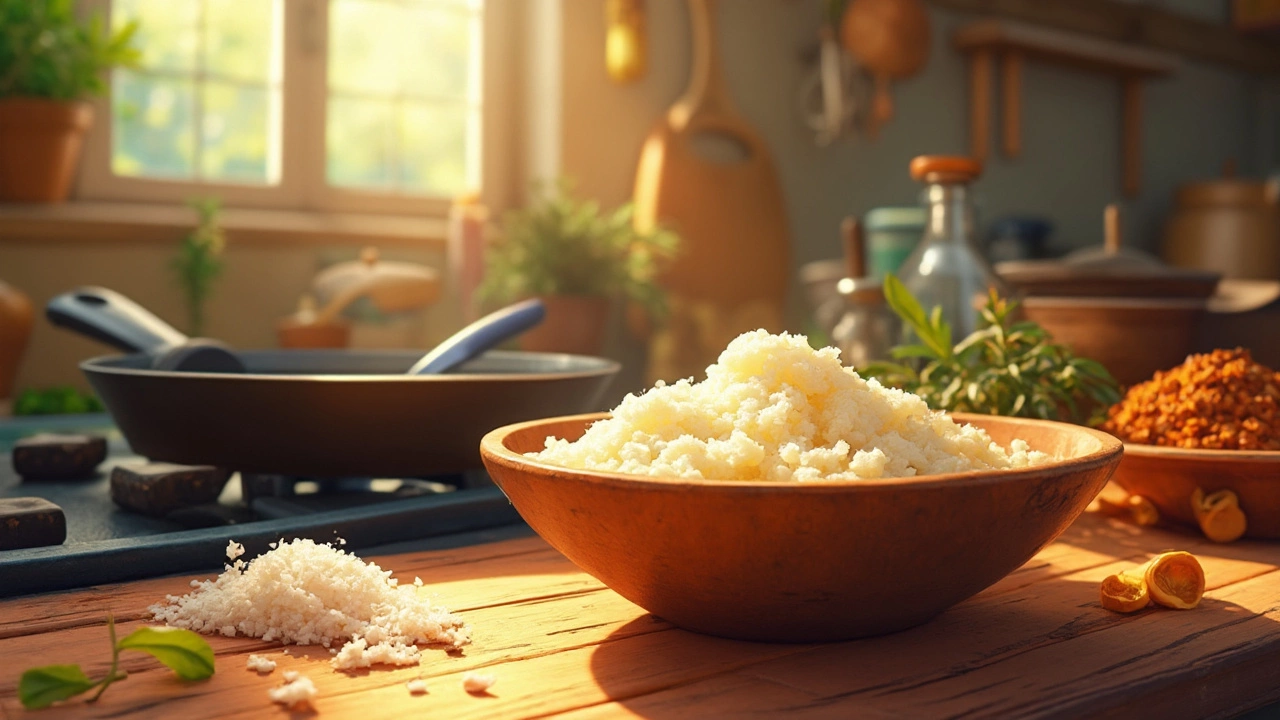Fermentation Made Easy for Indian Home Cooks
Fermentation might sound fancy, but it’s just a natural way to let good bacteria do the work. In South Indian kitchens, a bowl of batter can turn into fluffy idli or crispy dosa with just a night of waiting. Want to try it yourself? Grab a few basic ingredients and follow simple steps – no science degree needed.
Why Ferment?
First off, fermented foods add a tangy flavor that spices alone can’t give. That sour note in idli or the bite in a mango pickle comes from microbes breaking down sugars into acids. Beyond taste, these acids help preserve the food, so your pickles stay crunchy for weeks. They also boost gut health – the same bacteria that keep your stomach happy live in the batter and the yogurt you make at home.
Another win is digestion. Soaking rice and lentils before grinding makes them easier to blend and reduces cooking time. The longer the fermentation, the softer the grains become, meaning a quicker steam for idli or a smoother texture for dhokla.
Quick Fermentation Tricks
Ready to start? Here are three foolproof methods that work in any Indian kitchen.
1. Warm Spot Trick – After mixing rice and urad dal for dosa batter, keep the bowl in a warm corner of the house. A temperature of around 30°C (86°F) speeds up fermentation. If you have a microwave, pop the bowl in for a minute on low, then let it rest. Most batters double in volume in 6‑8 hours.
2. Salt Timing – Adding salt too early can slow down the microbes. Mix all ingredients, let the batter sit for a few hours, then stir in a pinch of sea salt before the final rise. This gives you a fluffier texture and a cleaner sour taste.
3. Starter Culture – Use a spoonful of leftover fermented batter or a dollop of plain yogurt as a starter. The live cultures jump‑start the process, especially in cooler months when natural fermentation drags.
If you’re into pickles, the same principles apply. Slice vegetables, toss with mustard seeds, chili, and a little salt, then pack them tightly in a jar. Press down so the liquid covers everything, seal, and leave at room temperature for 2‑3 days. The result is a crunchy, probiotic snack you can enjoy with any meal.
Fermentation isn’t limited to South Indian dishes. Try a simple sourdough for naan, or let chickpea flour batter rest for a few hours before making chilla. The longer you wait, the deeper the flavor.
Remember, the key is patience and a clean environment. Use glass or stainless steel containers, avoid plastic that can leach chemicals, and keep everything covered with a breathable cloth or lid that lets gases escape.
Give these tips a shot tonight. Tomorrow morning you could have a bowl of fluffy idli, a plate of tangy dosa, or a jar of zingy pickle ready for breakfast. Fermentation turns ordinary ingredients into something special, and once you see the results, you’ll wonder how you ever cooked without it.
Why Is Baking Soda Added to Dosa Batter? Science & Tips Inside
Ever wondered why some dosa batters get a pinch of baking soda? This article digs into the role of baking soda in dosa batter, from texture benefits to handy tips for getting perfect dosas at home. We'll break down how it works, when to use it, and what happens if you go overboard. If you want softer, crispier dosas, you'll find simple science and kitchen secrets here. Get ready to level up your dosa game without any jargon or confusion.
Salt's Role in Dosa Batter Fermentation
Discover how adding salt can affect the fermentation of dosa batter. Learn whether salt hinders or helps fermentation, and uncover practical tips for making the perfect dosa. This article explores the science behind the fermentation process and provides insights to achieve the best results in your kitchen.
Safely Enjoying Over Fermented Dosa Batter: A Guide
Navigating the culinary world of Indian cuisine often brings dosa batter into the spotlight. Over fermentation, a common culprit in batter preparation, raises both curiosity and concern among dosa enthusiasts. This article explores the safety of eating over fermented dosa batter, how to identify it, potential risks, and effective ways to mitigate these risks. With careful handling techniques and an understanding of the fermentation process, one can continue to enjoy delicious and safe dosas.


